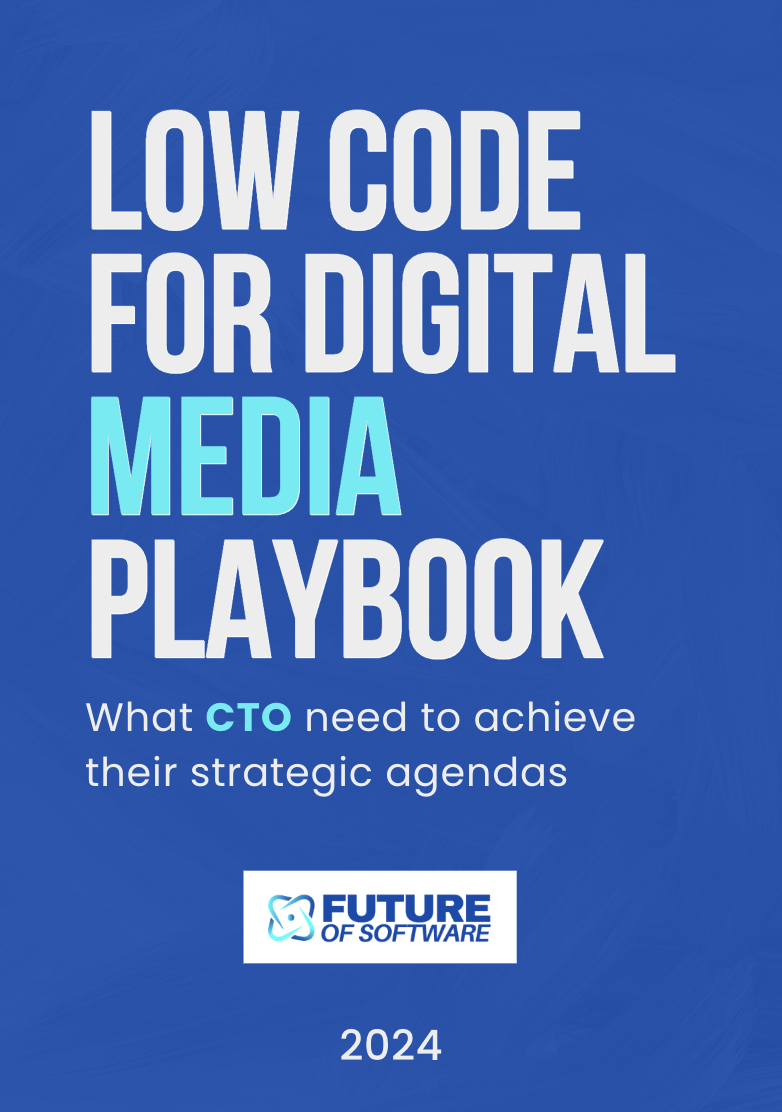
Understanding blurb ai summary in software development
What is a blurb AI summary and why does it matter?
Blurb AI summary tools are quickly becoming essential in the world of software development. At their core, these tools use artificial intelligence to generate concise, compelling summaries—often called blurbs—from larger pieces of content. Whether it’s a book description, a marketing blurb, or technical documentation, the goal is to distill complex information into short, engaging text that captures the attention of potential readers or users. Blurb generators are not just for authors or book marketing anymore. In software, they help teams create professional blurbs for release notes, product updates, and even user guides. This saves time and ensures that content is tailored for the target audience, whether that’s developers, end users, or stakeholders. For example, a well-crafted blurb can make a book cover or a product page much more appealing, directly impacting marketing strategy and SEO.How AI-powered blurb generators work in software
These AI writing tools analyze existing content, identify key points, and generate blurbs that are both accurate and engaging. Some advanced tools even include grammar checkers and SEO optimization features, making it easier to create content that ranks well and reads smoothly. The integration of poem generators and other creative writing tools further expands the possibilities, allowing teams to experiment with different tones and styles.Benefits for software teams and authors
- Save time by automating the creation of book blurbs, book descriptions, and technical summaries
- Generate compelling book blurbs and product descriptions that attract readers and users
- Improve consistency and professionalism in all generated blurbs
- Enhance marketing efforts with SEO-friendly content
- Support knowledge sharing by making complex information more accessible
Automating documentation and knowledge sharing
Streamlining Documentation with AI-Powered Summaries
The rise of blurb AI summary tools is reshaping how software teams handle documentation and knowledge sharing. Traditionally, writing and maintaining clear, concise documentation has been a time-consuming task. Developers and authors often struggle to create compelling book descriptions, blurbs, and technical summaries that engage potential readers or users. With the integration of AI-driven blurb generators and writing tools, this process is becoming more efficient and accessible. AI-powered generators can automatically produce summaries, book blurbs, and even marketing content from existing text. This automation not only saves time but also ensures consistency across documentation and marketing materials. For example, a generator blurb tool can quickly create a professional blurb or book description tailored to a specific target audience, making it easier for teams to maintain up-to-date and relevant content.- Efficiency: Automated tools can generate blurbs, book covers, and descriptions in seconds, reducing manual effort and freeing up time for more complex tasks.
- Quality: Built-in grammar checkers and SEO optimization features help ensure that generated blurbs and book descriptions are both accurate and compelling.
- Consistency: Using a single tool to generate content across different platforms helps maintain a unified voice and style, which is crucial for branding and marketing strategy.
Enhancing user experience with concise information
Delivering Value Through Concise and Relevant Information
In the evolving landscape of software, users expect quick access to clear, actionable information. Blurb AI summary tools are meeting this demand by distilling complex content into concise, compelling blurbs. Whether it’s a book description, a product overview, or a software feature summary, these generators help users grasp essential details without sifting through lengthy text. For example, when a user encounters a new software platform, a well-crafted blurb generated by AI can highlight the main features, target audience, and unique selling points. This not only saves time but also supports better decision-making. In marketing, a compelling book blurb or product description can attract potential readers or customers, increasing engagement and conversions. The ability to generate professional blurbs quickly is transforming how authors, marketers, and developers present their work.- Clarity for users: Generated blurbs and summaries help users understand software capabilities at a glance, reducing cognitive overload.
- Enhanced navigation: Concise text aids in navigating complex platforms, making it easier for readers to find relevant information.
- Improved marketing strategy: AI-powered blurb generators support the creation of SEO-optimized content, boosting visibility and attracting the right audience.
Challenges in accuracy and context
Balancing Precision and Context in AI-Generated Blurbs
As software teams increasingly rely on AI-powered blurb generators and writing tools to create concise book descriptions, summaries, and marketing content, the issue of accuracy and context becomes more pressing. While these tools can generate blurbs and book descriptions in seconds, their ability to fully grasp the nuances of a book or technical content is still evolving. AI-driven generators often pull from large datasets to create compelling blurbs or book covers, but they may miss subtle themes or misinterpret the target audience. For example, a generator blurb might highlight a book’s action elements while overlooking its deeper emotional layers, leading to descriptions that don’t resonate with potential readers or reflect the author’s intent. This can impact marketing strategy and the effectiveness of professional blurbs in reaching the right readers.Common Pitfalls in Generated Content
- Lack of Context: AI tools may generate blurbs that sound polished but lack the specific context needed for technical documentation or book blurbs. This can confuse readers or mislead them about the content.
- Grammar and Consistency: While grammar checkers and writing tools have improved, generated blurbs sometimes contain awkward phrasing or inconsistencies, especially when the source text is complex.
- SEO and Marketing Alignment: Automated tools might not always align with SEO strategies or marketing goals, resulting in book descriptions or blurbs that fail to attract the intended audience.
Human Oversight Remains Essential
Despite the time-saving benefits of blurb generators and poem generators, human review is crucial. Authors, marketers, and software teams should use these tools as a starting point, then refine the generated blurbs to ensure accuracy, relevance, and a compelling message for readers. This approach helps maintain trust and authority, especially when creating content for professional or marketing purposes. Ultimately, while AI-powered writing tools and generators offer significant advantages in speed and scalability, their output should be carefully checked for accuracy and context. Combining automation with expert human input ensures that book blurbs, book descriptions, and other generated content truly serve their intended purpose and audience.Ethical considerations and data privacy
Balancing Innovation with Responsibility
As blurb AI summary tools become more integrated into software development, ethical considerations and data privacy are moving to the forefront. These generators, designed to create concise book descriptions, blurbs, and marketing content, often rely on large datasets and advanced algorithms. While they can save time and help authors and marketers generate compelling book blurbs or even poem generator outputs, the way they handle data requires careful scrutiny.
Data Privacy and User Trust
Many blurb generators and writing tools process sensitive information, including unpublished book content, marketing strategies, and personal data. Ensuring that this data is protected is essential for maintaining the trust of authors, publishers, and potential readers. Companies must implement robust security measures and transparent data handling policies, especially when using AI-driven tools to generate professional blurbs or book descriptions. Users should be informed about how their content is stored, processed, and used by these platforms.
Bias and Fairness in Generated Content
Another challenge is the potential for bias in generated blurbs and descriptions. AI models can inadvertently reflect biases present in their training data, which may affect the tone or inclusivity of the content they produce. This is particularly important for marketing strategy and book cover text, where the goal is to appeal to a diverse target audience. Regular auditing and the use of grammar checker tools can help identify and correct biased or inappropriate language in generated blurbs.
Transparency and Accountability
Transparency about how blurb generators work is crucial. Authors and marketers should know whether a tool is using their data to further train its models, and if so, how that data is anonymized. Clear communication about these practices helps build credibility and authority in the market, making it easier for users to trust and adopt these writing tools for creating compelling book blurbs and descriptions.
Compliance with Regulations
Finally, compliance with data protection regulations such as GDPR is non-negotiable. Companies offering blurb writing and generator tools must ensure that their platforms meet all legal requirements for data privacy and user consent. This is especially relevant as more readers and authors become aware of their digital rights and expect higher standards from the tools they use to generate content, book blurbs, or even marketing copy.
Future trends and integration possibilities
Emerging integrations and smarter blurb generators
The next phase for AI-powered blurb generators in software development is all about seamless integration and smarter automation. As more platforms adopt these tools, we can expect to see blurb generation features embedded directly into writing tools, code editors, and project management suites. This will allow authors, developers, and marketing teams to generate compelling book blurbs, book descriptions, or even concise summaries for technical documentation without leaving their workflow.Personalization and adaptive content creation
AI-driven blurb generators are evolving to create more personalized and context-aware content. By analyzing user behavior, target audience preferences, and marketing strategy data, these tools can generate blurbs that resonate better with potential readers or software users. For example, a generator could adapt the style of a blurb book description to fit the tone of a book cover or align with SEO best practices for higher visibility.- Automated grammar checker and text optimization features are being built into blurb writing tools, ensuring professional blurbs with minimal manual editing.
- Integration with poem generator and creative writing tools is expanding the scope of generated blurbs beyond traditional book marketing.















